语言学纲要课件 (2)
- 格式:ppt
- 大小:1.03 MB
- 文档页数:20
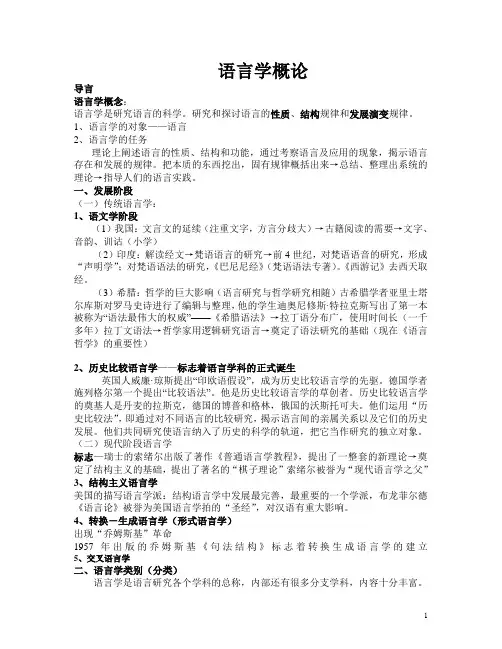
语言学概论导言语言学概念:语言学是研究语言的科学。
研究和探讨语言的性质、结构规律和发展演变规律。
1、语言学的对象——语言2、语言学的任务理论上阐述语言的性质、结构和功能,通过考察语言及应用的现象,揭示语言存在和发展的规律。
把本质的东西挖出,固有规律概括出来→总结、整理出系统的理论→指导人们的语言实践。
一、发展阶段(一)传统语言学:1、语文学阶段(1)我国:文言文的延续(注重文字,方言分歧大)→古籍阅读的需要→文字、音韵、训诂(小学)(2)印度:解读经文→梵语语言的研究→前4世纪,对梵语语音的研究,形成“声明学”;对梵语语法的研究,《巴尼尼经》(梵语语法专著)。
《西游记》去西天取经。
(3)希腊:哲学的巨大影响(语言研究与哲学研究相随)古希腊学者亚里士塔尔库斯对罗马史诗进行了编辑与整理,他的学生迪奥尼修斯·特拉克斯写出了第一本被称为“语法最伟大的权威”——《希腊语法》→拉丁语分布广,使用时间长(一千多年)拉丁文语法→哲学家用逻辑研究语言→奠定了语法研究的基础(现在《语言哲学》的重要性)2、历史比较语言学——标志着语言学科的正式诞生英国人威廉·琼斯提出“印欧语假设”,成为历史比较语言学的先驱。
德国学者施列格尔第一个提出“比较语法”。
他是历史比较语言学的草创者。
历史比较语言学的奠基人是丹麦的拉斯克,德国的博普和格林,俄国的沃斯托可夫。
他们运用“历史比较法”,即通过对不同语言的比较研究,揭示语言间的亲属关系以及它们的历史发展。
他们共同研究使语言纳入了历史的科学的轨道,把它当作研究的独立对象。
(二)现代阶段语言学标志—瑞士的索绪尔出版了著作《普通语言学教程》,提出了一整套的新理论→奠定了结构主义的基础,提出了著名的“棋子理论”索绪尔被誉为“现代语言学之父”3、结构主义语言学美国的描写语言学派:结构语言学中发展最完善,最重要的一个学派,布龙菲尔德《语言论》被誉为美国语言学拍的“圣经”,对汉语有重大影响。
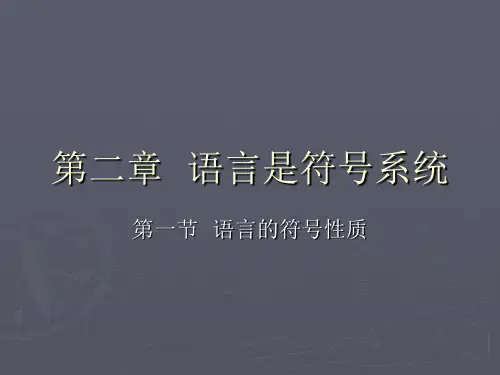
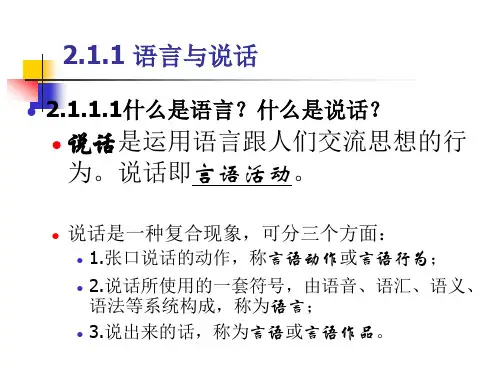

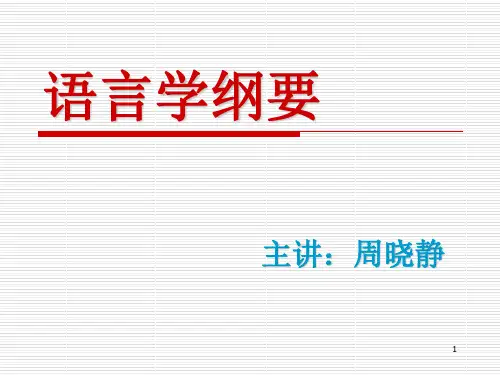
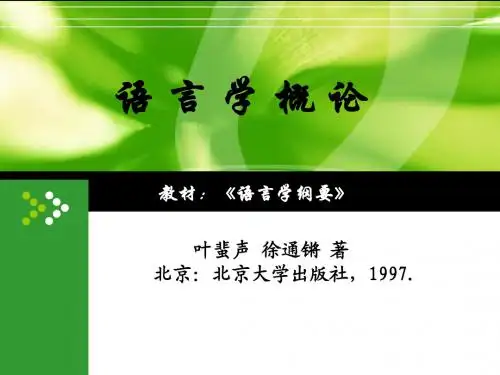


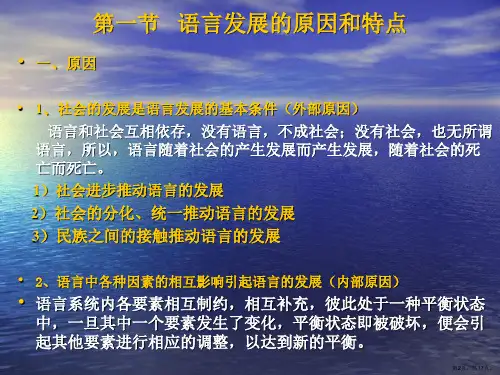
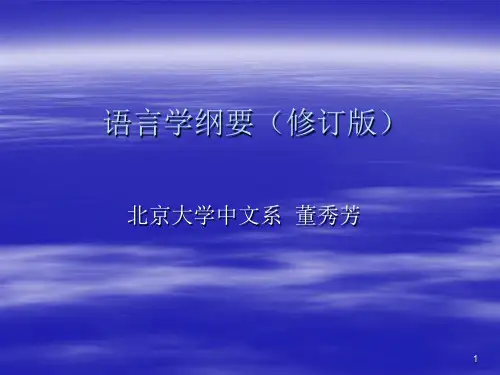
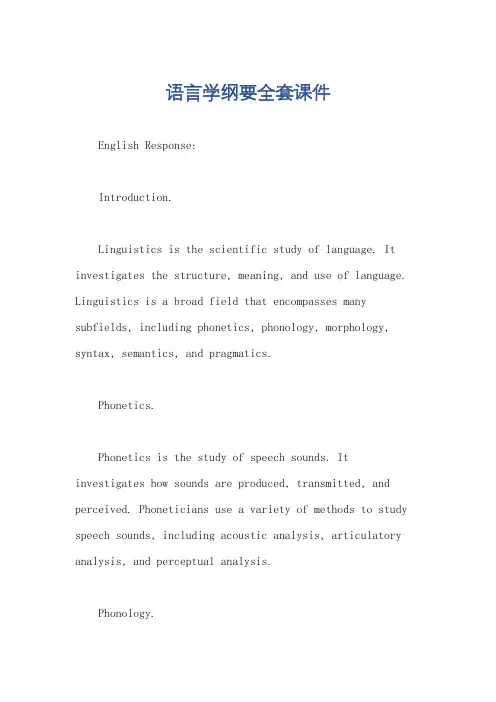
语言学纲要全套课件English Response:Introduction.Linguistics is the scientific study of language. It investigates the structure, meaning, and use of language. Linguistics is a broad field that encompasses many subfields, including phonetics, phonology, morphology, syntax, semantics, and pragmatics.Phonetics.Phonetics is the study of speech sounds. It investigates how sounds are produced, transmitted, and perceived. Phoneticians use a variety of methods to study speech sounds, including acoustic analysis, articulatory analysis, and perceptual analysis.Phonology.Phonology is the study of the sound patterns of a language. It investigates how sounds are combined to form words and how words are pronounced. Phonologists use a variety of methods to study sound patterns, including generative phonology, autosegmental phonology, and prosodic phonology.Morphology.Morphology is the study of the structure of words. It investigates how words are formed from morphemes, which are the smallest meaningful units of language. Morphologists use a variety of methods to study word structure, including inflectional morphology, derivational morphology, and compounding.Syntax.Syntax is the study of the rules that govern how words are combined to form sentences. It investigates the structure of sentences and how sentences are related toeach other. Syntacticians use a variety of methods to study syntax, including formal grammar, generative grammar, and functional grammar.Semantics.Semantics is the study of the meaning of words, phrases, and sentences. It investigates how words and phrases referto things in the world and how sentences express propositions. Semanticists use a variety of methods tostudy meaning, including truth-conditional semantics, modal semantics, and cognitive semantics.Pragmatics.Pragmatics is the study of the use of language in context. It investigates how people use language to communicate with each other and how language is used in different situations. Pragmatics is a broad field that encompasses many subfields, including speech act theory, conversation analysis, and discourse analysis.Conclusion.Linguistics is a fascinating and challenging field of study. It offers a unique perspective on the human mind and on the world around us. Linguistics is a valuable tool for understanding our own language and the languages of others.Chinese Response:语言学是语言的科学研究。